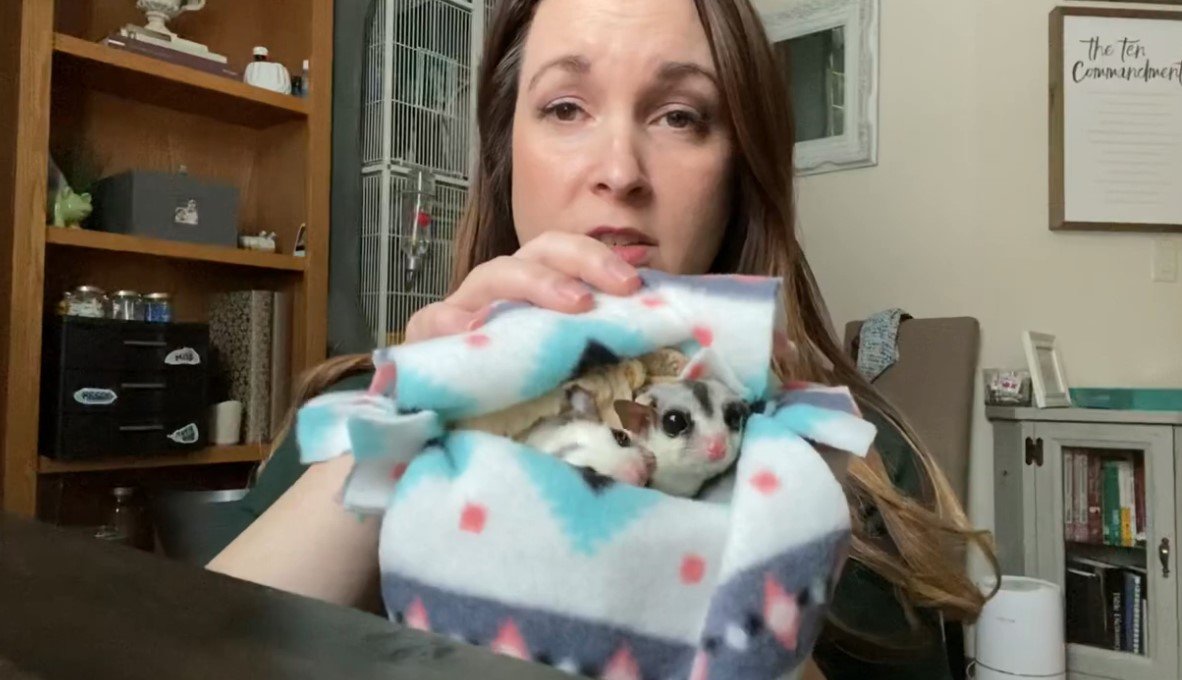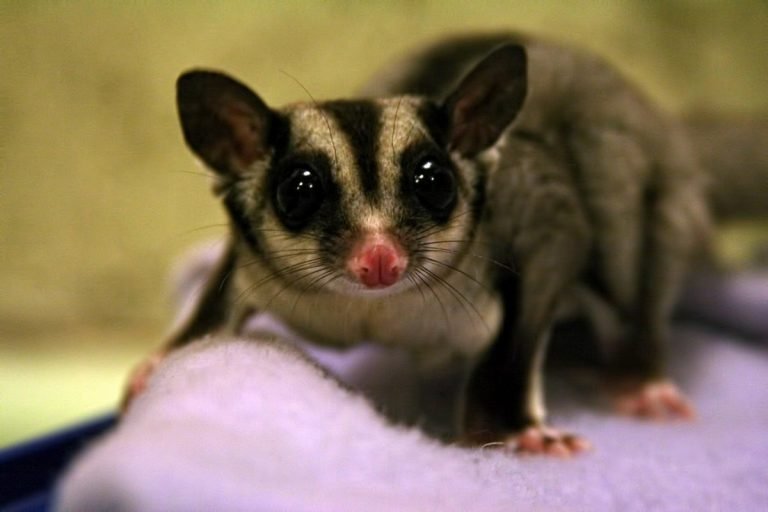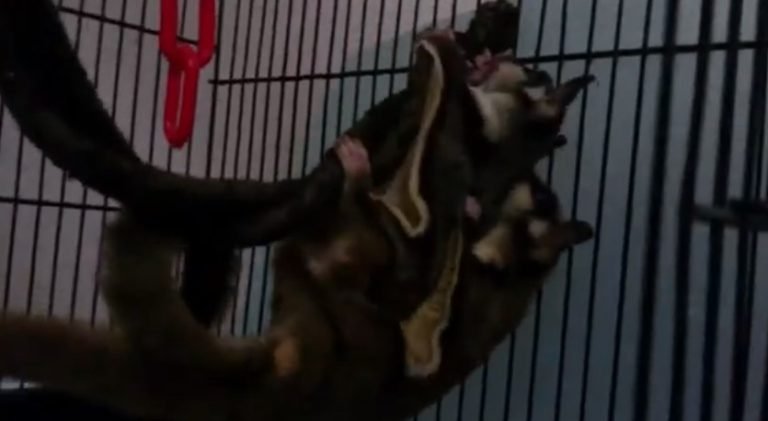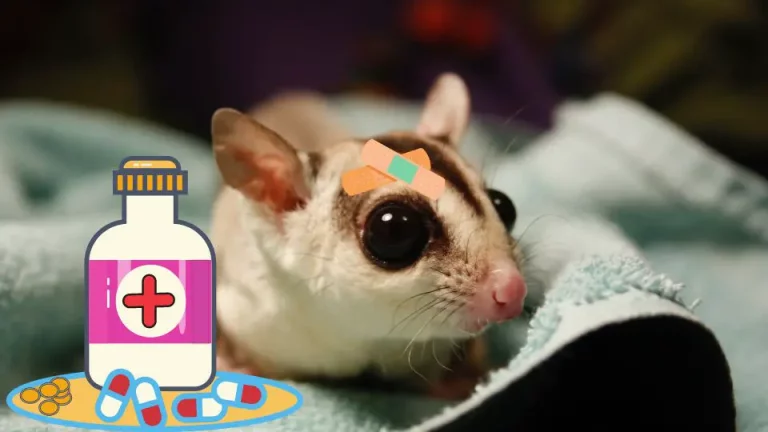Stages Of Sugar Glider Bonding
Stages of Sugar Glider Bonding: Building a Strong Relationship with Your Pet
Sugar gliders are adorable and sociable creatures that make wonderful pets. These small marsupials are known for their playful nature and their ability to form strong bonds with their owners. However, building a strong relationship with your sugar glider takes time and effort. Understanding the stages of sugar glider bonding is crucial to ensure a smooth and successful bonding process.
The Introduction Phase: Getting Acquainted
The first stage of sugar glider bonding is the introduction phase. This is the initial period when you bring your sugar glider home and start getting acquainted with each other. During this phase, it’s important to focus on establishing trust and creating a positive environment for your pet.
Find a quiet room: Sugar gliders are sensitive to loud noises and sudden movements. Choose a quiet room where you can spend time with your glider without any distractions.
Give them time to adjust: Sugar gliders are naturally cautious creatures, so they may need some time to adjust to their new surroundings. Allow them to explore their cage and become familiar with their new home at their own pace.
Offer treats: The way to a sugar glider’s heart is through their stomach! Offer them a variety of treats such as fruits, mealworms, or yogurt drops to establish a positive association with you.
Start with short interactions: Begin by spending short periods of time with your sugar glider, gradually increasing the duration as they become more comfortable with your presence.

The Trust-Building Phase: Building a Foundation
Once your sugar glider starts feeling more comfortable in their new environment, you can move on to the trust-building phase. This stage is crucial for establishing a strong foundation of trust between you and your glider.
Bonding pouch training: Using a bonding pouch is an effective way to build trust and create a sense of security for your sugar glider. Start by placing your glider inside a bonding pouch and carry them with you as you go about your day. This will help them become familiar with your scent and associate it with safety.
Hand-feeding: Hand-feeding is a bonding technique that helps your sugar glider associate you with positive experiences. Offer treats and food from your hand, allowing them to approach and take the food at their own pace.
Gentle handling: Gradually introduce gentle handling to your sugar glider. Start by gently stroking their back or scratching their chin, paying attention to their body language and reactions. Avoid sudden movements or rough handling, as this can frighten them.
Establish a routine: Sugar gliders thrive on routine. Establish a consistent schedule for feeding, playtime, and interaction to create a sense of predictability for your glider. This will help them feel secure and build trust in you.
The Bonding Phase: Deepening the Connection
As the trust between you and your sugar glider grows, you will enter the bonding phase. This stage is characterized by a deeper connection and a strong bond between you and your pet.
Playtime and enrichment: Engage in interactive play sessions with your sugar glider. Provide them with toys, climbing structures, and opportunities to explore their surroundings. This will not only keep them mentally stimulated but also strengthen the bond between you.
Bonding time outside the cage: Allow your sugar glider supervised time outside of their cage. This will give them the opportunity to explore different environments and bond with you on a deeper level. Ensure the area is safe, glider-proofed, and free from any potential hazards.
Socialize with other gliders: Sugar gliders are social animals and thrive in the company of other gliders. Consider introducing your pet to another sugar glider to provide them with a companion, as long as they both bond well together. Socializing with other gliders can further enhance their overall well-being.
Frequently Asked Questions
1: How long does it take to bond with a sugar glider?
The bonding process with sugar gliders can vary from glider to glider. It often takes weeks or even months to establish a strong bond. Patience and consistency are key in building a strong relationship with your sugar glider.
2: Can I bond with an older sugar glider?
Yes, it is possible to bond with an older sugar glider. However, older gliders may take longer to adjust to a new environment and build trust. The bonding process may require more time and patience compared to bonding with a baby sugar glider.
3: What if my sugar glider doesn’t bond with me?
If your sugar glider is not bonding with you, it’s important to assess the possible reasons. Factors such as trauma, previous negative experiences, or health issues may be contributing to the difficulty in bonding. Consult with a qualified veterinarian or a sugar glider behavior specialist for guidance and support.
Final Thoughts
Building a strong bond with your sugar glider is a rewarding and fulfilling experience. Remember to approach the bonding process with patience, kindness, and understanding. By following the stages of sugar glider bonding and investing time and effort into the relationship, you can create a lifelong bond with your furry friend. So, take the time to nurture your relationship and enjoy the companionship of your sugar glider.







